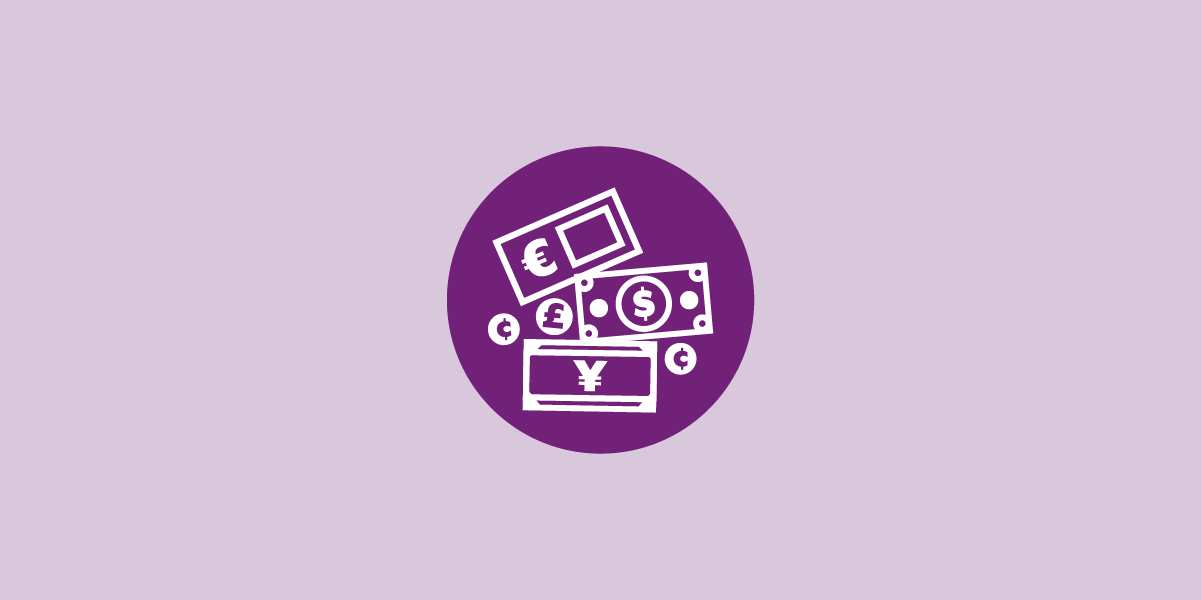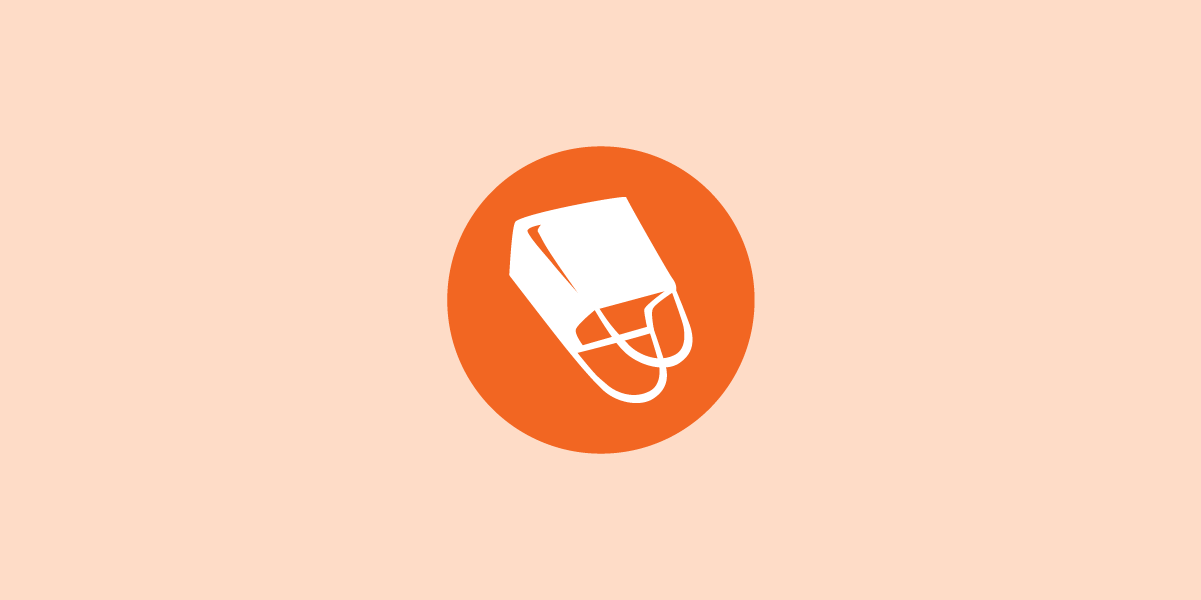Illustration by Marta Pucci
Committing to the menstrual cup
I remember rushing to the nearest Apotheke when I got my first period after moving to Germany. I grabbed a variety pack from the only brand available and hurried back to my flat. When I tore open the package, to my astonishment, there were just white bullet-esque objects.
Tampons without applicators. I briefly came across them in England years ago, but never bothered to comprehend the concept. Here I was perplexed at the idea of having to shove it deep inside my bloody vaginal canal with my finger.
I quickly came to appreciate the sustainability of tampons that didn’t come with disposable plastic. Unfortunately, I struggled with getting them placed in just the right spot, which usually made them uncomfortable to use.
Discomfort, combined with environmental concerns, made me consider the menstrual cup as a collection method. There are a number of different options on the market, but I chose to try the Ruby Cup. I was motivated when I discovered that for every Ruby Cup purchased, one is donated to a school girl in Kenya — where missing school is common due to barriers of access to tools for managing menstruation (1).
“Alright let’s pop this sucker in!” I scanned the directions on the box and folded it in half like a “U” shape.
The sucker was not popped in.
“What the f*ck,” I aggressively whispered while trying to shove this cup in me, but it remained awkwardly protruding out. When I went to remove and readjust it, blood, just, splattered. I actually wondered if endometrial tissue had skin benefits because I was convinced I looked like Red Skull.
After around two minutes of a stressful struggle I properly got the cup in place. To my surprise, it then felt like there wasn’t even anything inside me. I went about my day completely dry without having to think twice about period blood.
Later that evening the time came for blood disposal. I was home, relaxed, didn’t burn my stovetop popcorn — I couldn’t have felt more at peace. This time “What the f*ck” was not aggressively whispered, but shrieked.
Where was the stem? Where. Was. The. Stem. Panic ensued. A stubborn silicon cup had taken residence within me.
After what felt like eons (but were actually a few seconds) of distress, I unearthed the stem. But my conflict did not end there. The cup refused to come out. I couldn’t seem to maintain a latch on the grip and tug. The cup had indeed claimed squatter’s rights.
My thought process at the time was fairly irrational; this moment of madness lasted about 1 minute and 30 seconds and I then successfully removed it.
After talking to many people, it was confirmed that a rocky start to menstrual cup usage is like a rite of passage: it becomes a breeze after a potentially awkward first day and has numerous benefits compared to other collection methods.
The cup was a huge relief of mental and physical annoyances.
I didn’t have to worry about:

Removal for up to 12 hours
Constantly maneuvering things in and out of my vagina throughout the day is an inconvenience. So are leaks and having bloody fingers in unfamiliar bathroom settings. The cup can be worn for up to 12 hours, which makes for plenty of time to plan for agreeable insertion and removal.
Menstrual cups also don’t dry the vagina out of its lubrication and hydration. Extra benefits if you’re having period sex, as nature’s lubricant isn’t absorbed up.

An uncomfortable out-of-place foreign object almost falling out of me
I often couldn’t quite get the tampon in the proper place without an applicator, leading to bothersome incidents.

Constantly dishing out $$$€€€
On average, my year’s supply of menstrual products rounds up to about $120; for too many people that cost is an additional financial strain on a tight budget. Nobody should be in a position where they feel they must forego safe and significant hygiene practice for food or shelter.
Many menstruating people globally cannot afford these supplies, and Syrian refugees’ coupons for “essentials” do not include tampons and pads.
Laws surrounding menstrual products leave many further disenfranchised as they are forced to deprioritize menstrual hygiene and opt for cheap, unsanitary options — like brown paper grocery bags and pillowcases.
Menstrual products are also still taxed as luxury products in most places, while male-targeted products like Viagra and Rogaine are not.

Running out of supplies
It’s easy to go through many tampons or forget to stash a solid count on you. A lot of establishments still don’t offer menstrual products in their bathrooms, or have cobwebbed dispensers from decades ago.
In prison systems, inmates are given a set inadequate number of pads. Lacking the means to take care of period blood is increasingly difficult in prison as incarcerated people face omnipresent restrictions in terms of receiving and purchasing commodities.
The additional options for menstrual management — on top of the sorely insufficient supply granted each inmate — are costly and unrealistic, as they earn minute salaries behind bars. With scarce supplies comes anxiety and discomfort, which has led people to trade sex for sanitary napkins.
People and systems should not consider a bodily function as something superfluous; it’s dehumanizing and puts menstruating people in desperate situations over an intrinsic process.
It’s important to remember that it’s a privilege to purchase and have easy access to menstrual products.

Transparency
Just like the makeup industry, menstrual hygiene product companies are not required to disclose the ingredients of their products, as they’re classified as medical devices and not personal care products. The FDA has released a statement assuring the safety of menstrual product ingredients, but some are calling for more transparency.

Contributing to the planet’s demise
It’s bad enough people feel shameful around menstruation, but to also feel a personal environmental burden for managing this bodily process is problematic. Widespread advertising and education have historically advocated for just tampons and pads as collection methods, even though the cup was invented in 1937 (2).
Social constructions have accustomed people to an unsustainable binary of collection methods, so the cup has simply seemed alien to the majority.
Despite many people’s unfamiliarity with the cup, not everybody feels it works for them. It’s certainly worth giving a try for many reasons, and to normalize this method globally would help those in dire need of a safe, lasting and affordable product.
People have been advocating for alternative methods of managing periods through various online platforms which has helped with the rise of the cup, as well as period-proof underwear Thinx and reusable pads.
Through discourse, education and outreach, reusable menstrual products can alleviate menstruation induced stress, infection and school dropouts while improving the environment.
What has been your experience with collection methods? Be prepared for your period management and download Clue today.

